Low Risk Myelodysplastic Syndrome
Low risk myelodysplastic syndrome. MDS was sometimes referred to as pre-leukemia in the past. Some people with MDS who dont have very low blood cell counts or bothersome symptoms might not need to be treated right away. The availability of diverse treatment options has significantly improved the quality of life and survival of.
Refractory cytopenia with multilineage dysplasia RCMD. For those with myelodysplastic syndrome these stem cells do not properly develop or function. Thrombocytopenia is very common in myelodysplastic syndrome MDS.
Lower-risk myelodysplastic syndromes MDSs are defined as having low or intermediate 1 risk by the International Prognostic Scoring System and are characterized mainly by anemia in most cases. Some people with MDS have a risk of the disease progressing to acute myeloid leukemia AML and a risk of death from the disease itself. The purpose of this study is to evaluate the efficacy and safety of imetelstat in transfusion dependent participants with low or intermediate-1 risk myelodysplastic syndrome MDS that is relapsedrefractory to erythropoiesis-stimulating agent ESA treatment.
Their precise diagnostics and prognostic stratification is often a challenge but may ensure the optimization of therapy. Lets talk a little bit about the patients with lower-risk MDS myelodysplastic syndromes. The majority of myelodysplastic syndrome MDS patients belong to the International Prognostic Scoring System IPSS and IPSS-revised IPSS-R lower-risk categories.
The prognostic score risk group of the MDS. Now that doctors have learned more about MDS it is considered to be a form of cancer. A persons age overall health and preferences.
The authors analyzed the incidence and prognostic significance of thrombocytopenia at diagnosis in 2565 de novo MDS patients included in the Spanish MDS Registry. What kinds of therapies might be available to a patient particularly if they present with an isolated anemia or low. Hetty Carraway MD Cleveland Clinic.
Their precise diagnostics and prognostic stratification is often a challenge but may ensure the optimization of therapy. Thrombocytopenia platelet count Cited by.
Risk stratification or prognostication is extremely important in myelodysplastic syndrome because those conditions occur on a wide spectrum in terms of the outcomes of patients.
What kinds of therapies might be available to a patient particularly if they present with an isolated anemia or low. Lets talk a little bit about the patients with lower-risk MDS myelodysplastic syndromes. The treatment approach for myelodysplastic syndromes MDS depends on a number of factors such as. The availability of diverse treatment options has significantly improved the quality of life and survival of. The type of MDS. Jose Ramon GonzalezPorras Iris Cordoba Esperanza Such Benet Nomdedeu Teresa Vallespi Felix Car. Risk stratification or prognostication is extremely important in myelodysplastic syndrome because those conditions occur on a wide spectrum in terms of the outcomes of patients. Lower-risk myelodysplastic syndromes MDSs are defined as having low or intermediate 1 risk by the International Prognostic Scoring System and are characterized mainly by anemia in most cases. Refractory cytopenia with multilineage dysplasia RCMD.
Lets talk a little bit about the patients with lower-risk MDS myelodysplastic syndromes. What causes myelodysplastic syndrome. The type of MDS. However its clinical impact in low-risk patients remains controversial. The purpose of this study is to evaluate the efficacy and safety of imetelstat in transfusion dependent participants with low or intermediate-1 risk myelodysplastic syndrome MDS that is relapsedrefractory to erythropoiesis-stimulating agent ESA treatment. Now that doctors have learned more about MDS it is considered to be a form of cancer. Some people with MDS who dont have very low blood cell counts or bothersome symptoms might not need to be treated right away.
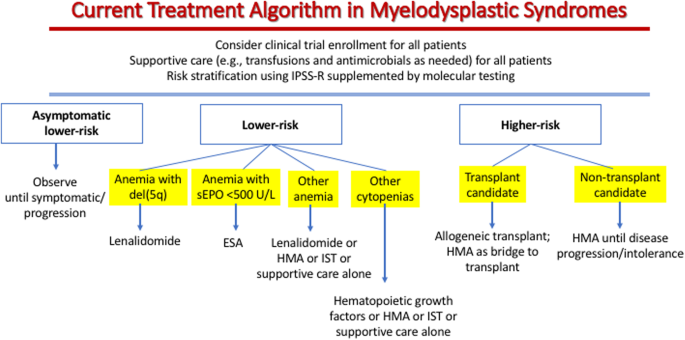
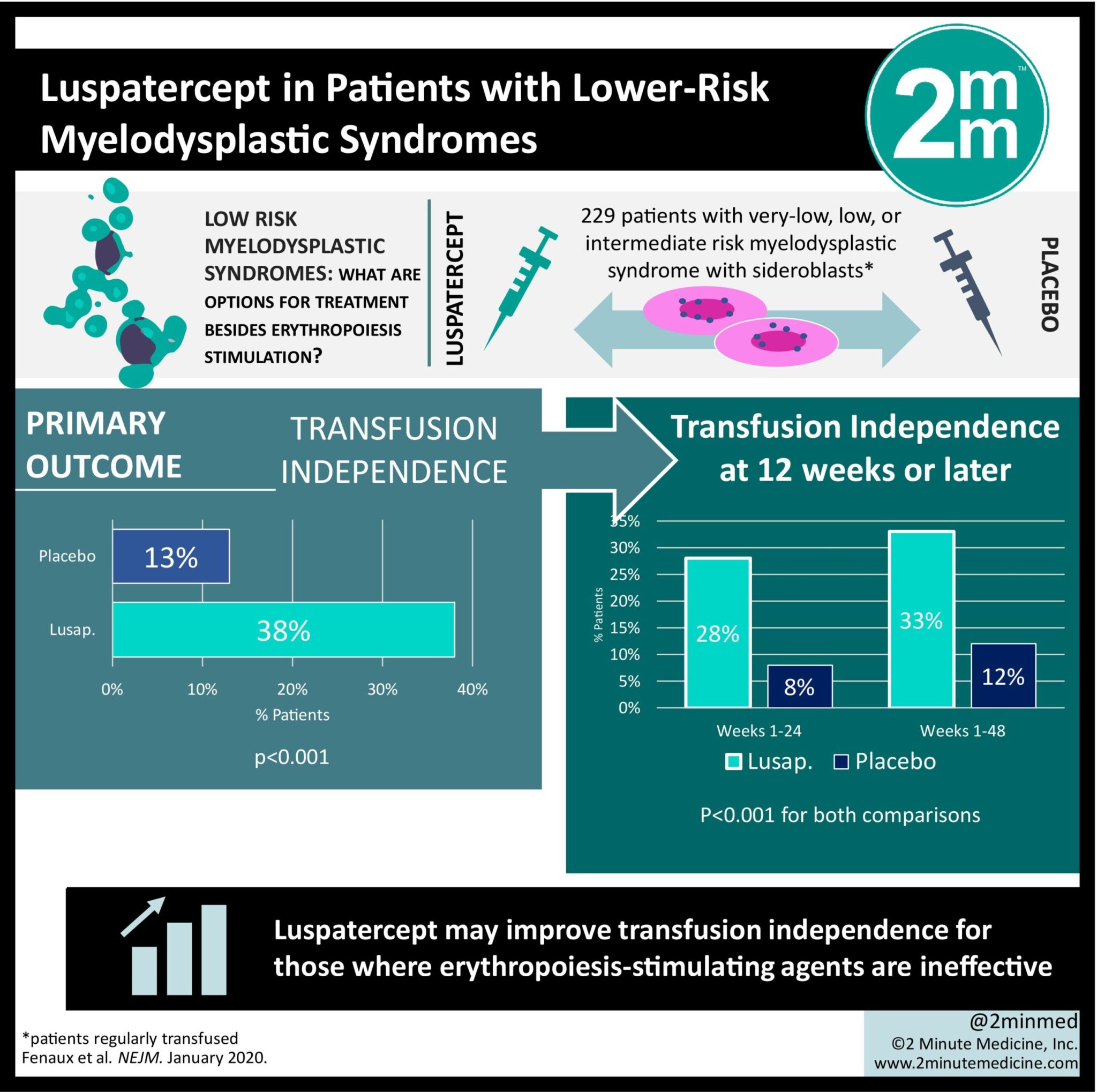




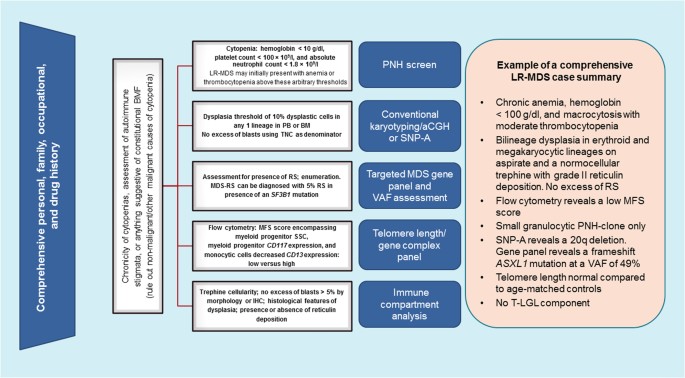




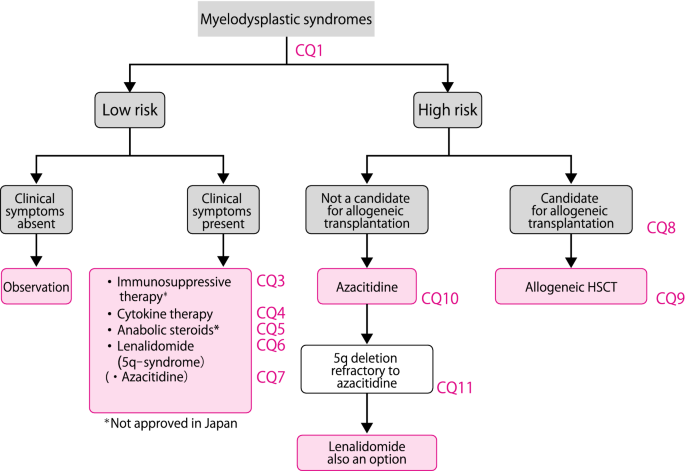





















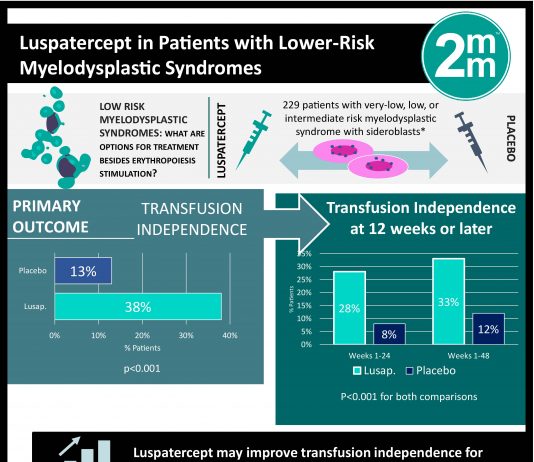


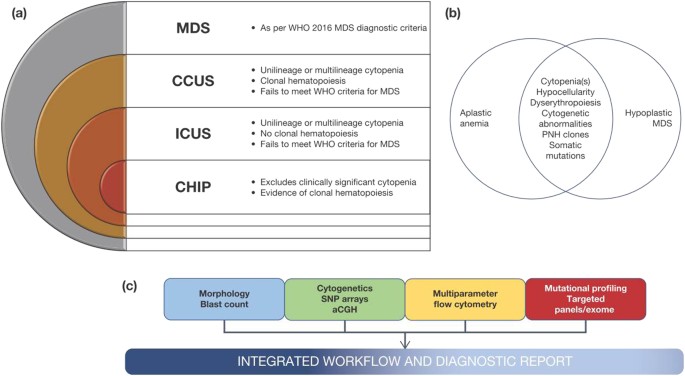




Post a Comment for "Low Risk Myelodysplastic Syndrome"